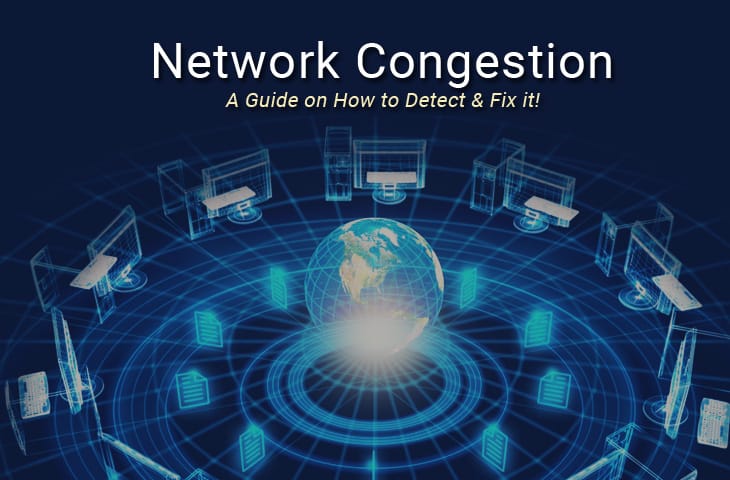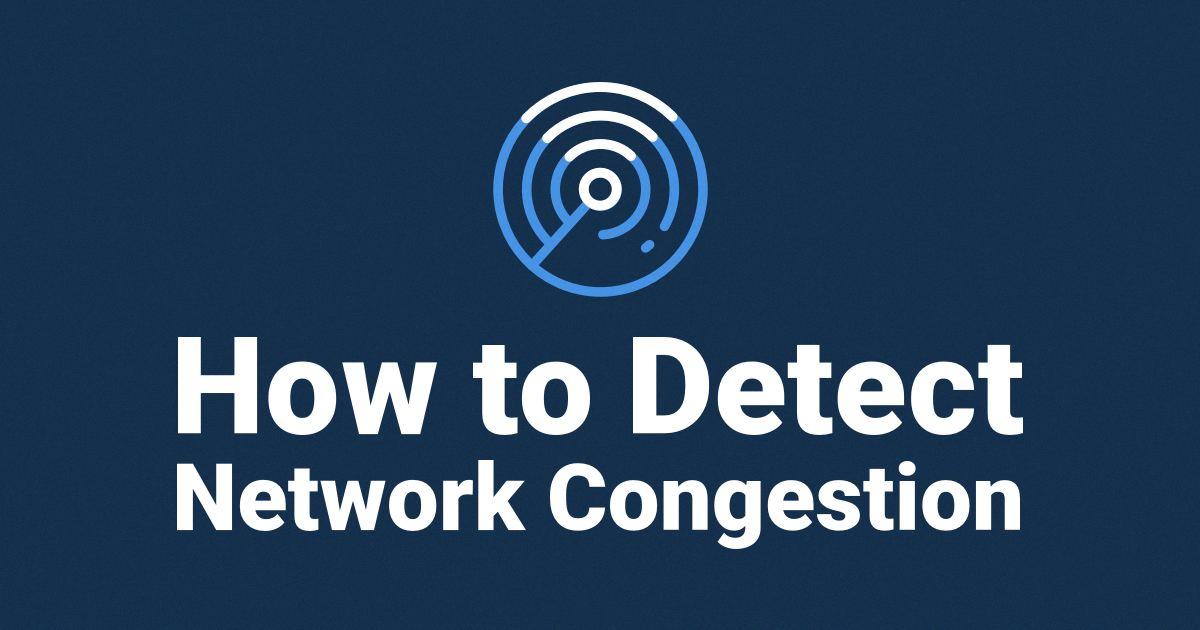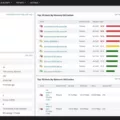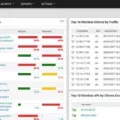Network congestion is a common problem that affects the performance of your home or business network. It occurs when too many devices are connected to the same network, resulting in an overload of data. This can lead to slow speeds, frequent disconnects, and packet loss. Fortunately, there are several ways to fix network congestion and ensure that your network runs smoothly.
The first step to fixing network congestion is determining what type of issue you’re dealing with. If there are too many devices connected to your network, you may experience bandwidth issues due to packet collisions or interference from other networks. If this is the case, try disconnecting non-essential devices and limiting the number of connected users at any given time. This can help reduce the amount of interference on your network.
If your issue is caused by a physical limitation such as limited bandwidth or insufficient hardware, then you should consider upgrading your equipment. For example, if you have an outdated router or modem that doesn’t support higher speeds, then it’s time for an upgrade. Similarly, if you have a low-end router or modem that was designed for lower-speed connections such as DSL or dial-up internet service then it might be worth investing in a more powerful router with more reliable speeds and more ports for additional connections.
Another way to fix network congestion is by using Quality of Service (QoS) settings on your router or modem. QoS allows you to prioritize certain types of traffic on your network such as streaming video or VoIP calls so they take precedence over other less critical traffic types. This can help reduce buffering and lag while ensuring that important activities like video conferencing or gaming don’t suffer from poor performance due to competing traffic on the same connection.
Finally, if none of these solutions work then you may need to contact your internet service provider (ISP) and ask them if they can provide better service in terms of speed and reliability in order to reduce congestion on their end. Your ISP may be able to upgrade their infrastructure in order to provide more bandwidth for their customers which could improve performance for everyone in their area who uses the same service provider.
Network congestion can be frustrating but it doesn’t have to ruin your day! With some careful troubleshooting and the right upgrades, you can get back up and running again quickly without breaking the bank!

Causes of Network Congestion
Network congestion is caused by a variety of factors, including insufficient network capacity, inefficient routing protocols, too much traffic on a single link or node, and inadequate Quality of Service (QoS) settings. Network capacity can be increased by adding new links or nodes to the network, or by upgrading existing links and nodes. Inefficient routing protocols can be improved through the use of better algorithms and improved data structures. Too much traffic on a single link or node can be managed through traffic-shaping techniques such as rate-limiting or prioritization. Finally, poor QoS settings can be addressed by configuring the network to prioritize certain types of traffic over others.
The Duration of Network Congestion
Network congestion can last for several hours but usually peaks during the evening hours of 7-11 PM. The exact length of time depends on the number of people in your area using the internet and how much bandwidth they are consuming. During peak times, it’s possible that speeds may be slower than usual. However, once the peak is over and more bandwidth is available, your connection should return to its normal speed.
Identifying Congestion in a Network
If you suspect your network is congested, the best way to check is to use the Ping command. This will allow you to measure the round-trip time (RTT) of packets sent over your network, as well as detect any packet loss. If your RTT is unusually high and/or there is significant packet loss, then this is an indication that your network may be congested. You can also use other tools such as traceroute and pathping to get more detailed information on how packets are traveling through your network, which can help you diagnose what might be causing congestion.
Using Switches to Reduce Network Congestion
Switches are used to help reduce network congestion by breaking one large network into smaller, segmented networks. This segmentation isolates traffic and helps reduce collisions, which in turn decreases the amount of data being sent through the network at any given time. By reducing the number of collisions, switches can help to reduce overall network traffic and improve performance for all users on the network. Additionally, segmentation also helps to extend the distance and repeater limitations of a single network, allowing for a more distributed communication environment that is less prone to congestion.

Source: obkio.com
Can a VPN Reduce Network Congestion?
Yes, a VPN can help with network congestion. By encrypting the data being sent over the internet, a VPN can reduce the amount of bandwidth used and therefore help to reduce network congestion. Furthermore, some VPNs use data compression to further lower the amount of data consumed. This means that users can stream or torrent without having their connections slowed down due to network congestion. Additionally, if an ISP is discriminating against certain types or sources of data, or if they are trying to alleviate network congestion by restricting streaming or torrenting, then a VPN can help get around those restrictions and lessen the impact on the network.
Avoiding Network Congestion with TCP
To avoid network congestion, Transmission Control Protocol (TCP) uses a combination of techniques, including:
1. Slow start: This mechanism is used to ramp up the rate of transmission when a connection is first established, by starting with a small amount of data and gradually increasing the amount until it reaches an optimal level. This helps prevent sudden bursts of traffic that could lead to congestion.
2. Additive Increase/Multiplicative Decrease (AIMD): This mechanism allows TCP to adjust the transmission rate depending on the amount of data successfully sent and received. When there’s no congestion, TCP adds more data to each packet and increases the rate at which packets are sent. But if packets are being lost due to congestion, then TCP reduces the rate at which packets are sent and decreases the amount of data in each packet.
3. Congestion Window (CWND): This is a sliding window that determines how much data can be sent in each packet before an acknowledgment from the receiver must be received. It starts off at a low value and increases as long as acknowledgments are received in a timely manner; however, if acknowledgments aren’t received or there’s too much congestion, then it decreases accordingly.
By using these mechanisms together, TCP can efficiently manage and control traffic flow while avoiding network congestion.
Conclusion
In conclusion, network congestion is a common issue that can arise in any network, due to the limited capacity of links and nodes to handle data. To mitigate the effects of congestion, organizations can implement congestion avoidance and control methods such as segmentation and fragmentation. Additionally, tools such as Ping can be used to detect packet loss or delay in the network. Ultimately, by understanding the causes and solutions of network congestion, organizations can ensure their networks remain efficient and reliable even during peak usage periods.








